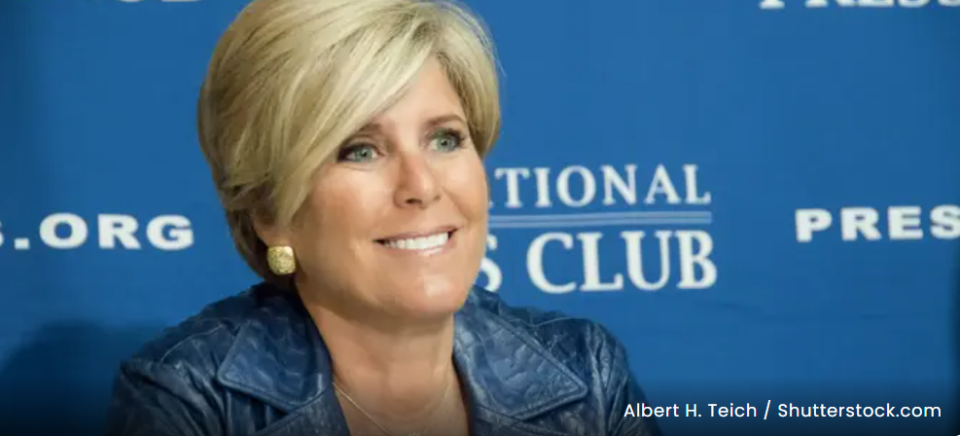Suze Orman: You Can’t Afford to ‘Skimp’ on This Budget Item

Unfortunately, you don’t have to look hard to see the devastating effects that a natural disaster or wildfire can have on large areas of the United States.
Jaspreet Singh: 5 Assets To Buy So You Never Have To Work Again
Also: What To Do If You Owe Back Taxes to the IRS
While the cause of the ongoing fires that have displaced and killed many residents and destroyed parts of the Hawaiian island of Maui has not yet been determined (about 85% of U.S. wildfires are caused by humans, according to the National Park Service), the total insured loss from the wildfires is expected to be the second-largest in Hawaii’s history, according to Reuters.
A natural disaster can happen at any time, but they are occurring more frequently and are regrettable reminders of the importance of home insurance. As personal financial expert, bestselling author and popular podcast host Suze Orman said, skimping on insurance coverage or, perish the thought, going without it completely could be a costly mistake.
But it’s also a costly expense. As natural disasters, supply chain problems and construction costs have mounted, so too have the cost of premiums offered by private companies. Protecting your home now costs about $2,000 a year, noted Orman. MarketWatch stated that the average cost for August 2023 is $2,417 per year. Some companies are refusing to sell even basic policies in some parts of the U.S. deemed dangerous areas, per The New York Times.
Homeowners insurance is a crucial investment for protecting one of your most valuable assets — your home. It provides financial protection against a range of potential risks and hazards that could lead to damage or loss. “When it comes to protection, especially protecting such a valuable asset, we can hope for the best, but our financial security depends on planning for the worst,” said Orman. “Please do your best not to skimp on your homeowners insurance.”
While having a current insurance policy that gives you adequate property protection and liability coverage will bring you peace of mind, Orman suggests that homeowners have more than enough protection and opt for a policy with “extended replacement cost” (which pay out as much as 125% of your stated limit) and avoid those that base its customer claims on “actual cash value” of damaged property (which only covers the depreciated value of a replacement).
Grant Cardone: ‘Nobody Becomes Wealthy Because of a Salary’ — Here’s What You Need To Focus On Instead
Budgeting a substantial amount every month toward home insurance won’t be easy, but you should “make it a top priority in your financial life,” per Orman. When selecting homeowners insurance, it’s important to assess your needs and risks carefully. Don’t just opt for the cheapest policy without considering the coverage limits, deductibles and any additional endorsements you might need. More protection is better than less, especially when it comes to providing protection for your home and belongings.
More From GOBankingRates
5 Things You Must Do When Your Retirement Savings Reaches $100,000
Costco's Trade-Up Program Will Give You Free Groceries in Exchange for Your Old Electronics
This article originally appeared on GOBankingRates.com: Suze Orman: You Can’t Afford to ‘Skimp’ on This Budget Item

 Yahoo Finance
Yahoo Finance 